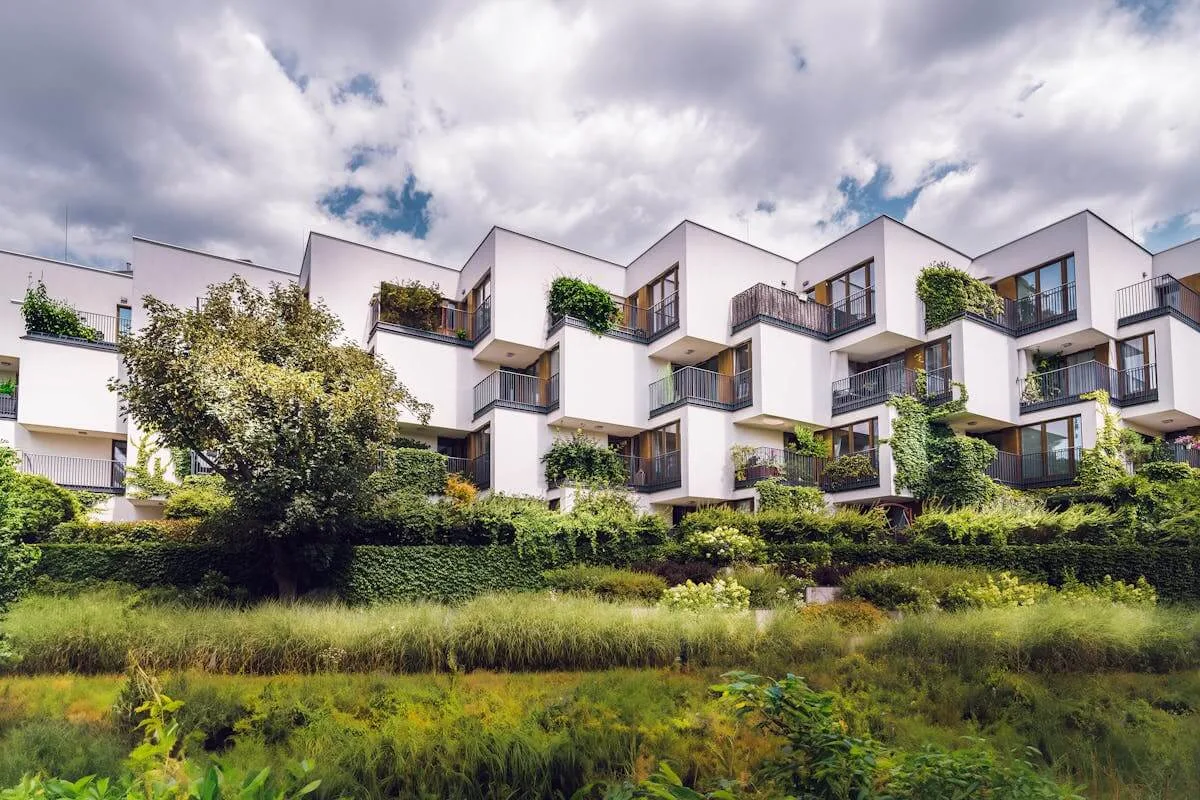 More Australians are looking beyond just bricks and mortar — they’re thinking about how their home will perform for years to come. A truly sustainable home isn’t just about solar panels or recycled materials. It’s about thoughtful design that supports energy efficiency, reduces environmental impact, and provides comfort and liveability long into the future.
More Australians are looking beyond just bricks and mortar — they’re thinking about how their home will perform for years to come. A truly sustainable home isn’t just about solar panels or recycled materials. It’s about thoughtful design that supports energy efficiency, reduces environmental impact, and provides comfort and liveability long into the future.
As custom home builders in Melbourne, we’ve seen firsthand how smart design can drastically improve the performance and longevity of a home. If you’re considering building sustainably, here are the core principles to consider.
Why passive design is the starting point
You don’t need fancy tech to build a home that performs well — just smart orientation and layout. Passive design is the foundation of any sustainable house design. It uses the natural elements of your block — sun, shade, breeze and thermal mass — to regulate temperature and reduce reliance on mechanical heating and cooling.
Key elements of passive design include:
- North-facing living areas to capture winter sun
- Eaves and shading to block harsh summer heat
- Cross-flow ventilation for cooling breezes
- Thermal mass (like concrete floors or brick walls) to stabilise indoor temperatures
When your home is designed with these principles from day one, you can significantly lower energy usage and make the space more comfortable all year round.
Materials that matter
Choosing sustainable materials isn’t just about what looks good — it’s about durability, resource impact, and maintenance. A sustainable home builder will help you weigh the pros and cons of each product, based on how it performs in your specific environment.
Look for materials that are:
- Locally sourced to reduce transport emissions
- Durable and long-lasting, requiring less frequent replacement
- Low in embodied energy (e.g., recycled timber or low-carbon concrete)
- Free of toxic treatments or finishes that affect indoor air quality
Even things like paint, insulation, and adhesives can make a difference in the home’s overall health and efficiency.
Energy efficiency beyond the basics
While solar panels, batteries and high-efficiency systems get a lot of attention, real efficiency comes from how well the home is designed and insulated. By taking a fabric-first approach — focusing on insulation, double glazing, and airtightness — you’ll see lasting savings before the tech even switches on.
A few areas to prioritise:
- Well-insulated roofs, walls and floors
- Double- or triple-glazed windows for thermal performance
- Proper sealing around windows and doors to reduce air leakage
- Zoned heating and cooling to avoid wasted energy
Smart lighting, energy-rated appliances and water-saving fixtures round out the package — but it all starts with good bones.
Designing a home that fits your life and the planet
One of the biggest advantages of working with a sustainable home builder is that the design will be tailored to your lifestyle, your block, and your values. Rather than cramming your needs into a pre-made plan, a custom sustainable home is shaped around how you live — and how you want to live tomorrow.
That might mean adding:
- A home office with natural daylight and ventilation
- Flexible spaces that adapt as your family grows
- Rainwater harvesting and greywater reuse systems
- Native landscaping that reduces watering and supports biodiversity
Sustainability isn’t just a checklist — it’s a mindset that puts people, planet and performance first.
Planning for long-term resilience
Sustainable design isn’t only about saving energy in the short term — it’s about building homes that continue to perform well over decades. Climate conditions are changing, and homes need to be resilient to rising temperatures, stronger storms, and greater pressure on energy and water supplies.
By integrating sustainable features now, you’re not only future-proofing your home — you’re also adding long-term financial value. Homes with better energy ratings are already commanding higher prices on the market, and that trend is only going to continue.
Working with a builder who understands these priorities means you’ll get practical, real-world solutions — not just ideas that sound good on paper.
Final thoughts
Sustainable house design isn’t a trend — it’s the future. Whether you’re building your forever home or an investment for the next generation, making smart, eco-conscious choices today will pay dividends for decades to come.
If you’re ready to design a home that’s efficient, comfortable and built to last, speak to a builder who understands sustainable design from the ground up. It’s not just about ticking boxes — it’s about creating something that works beautifully now and far into the future.